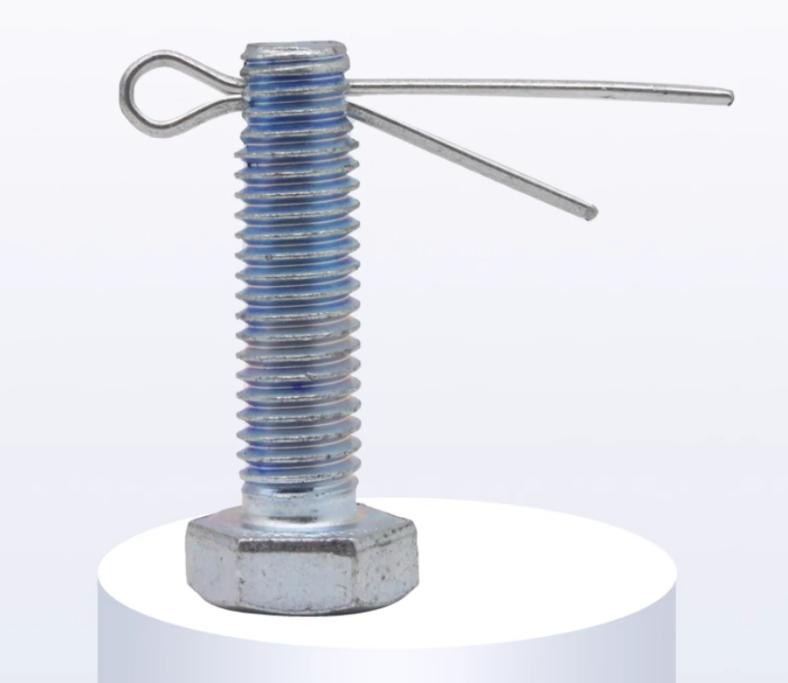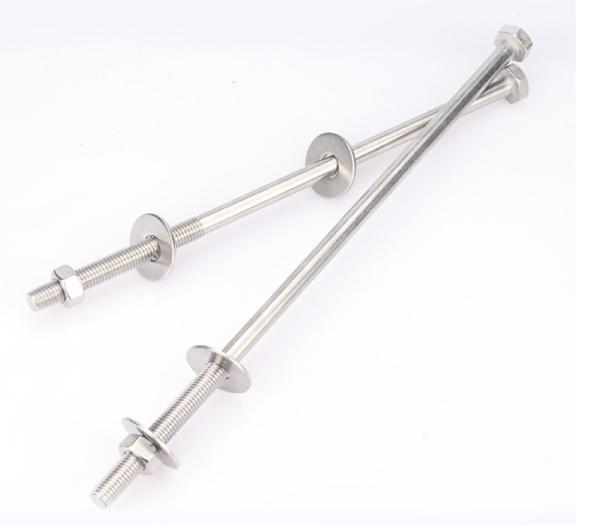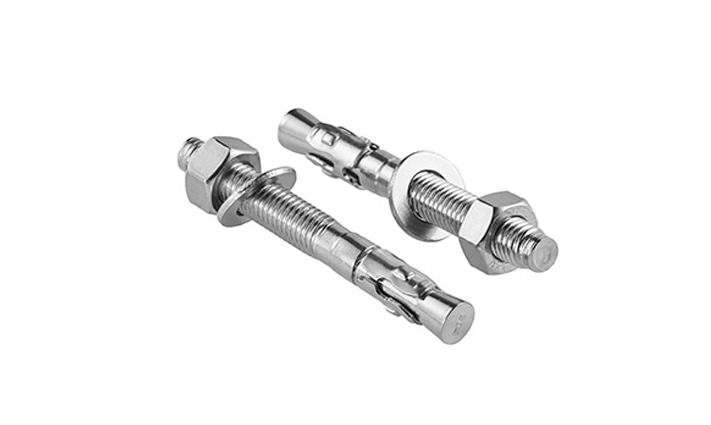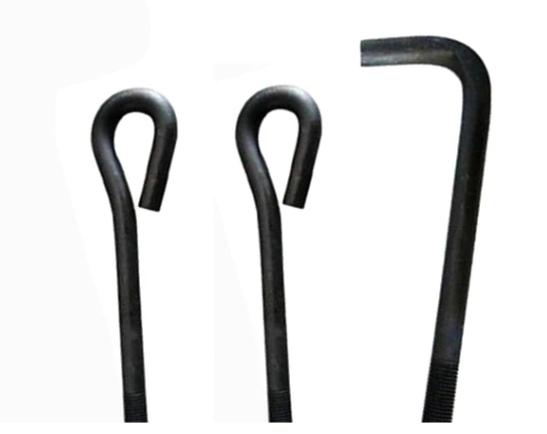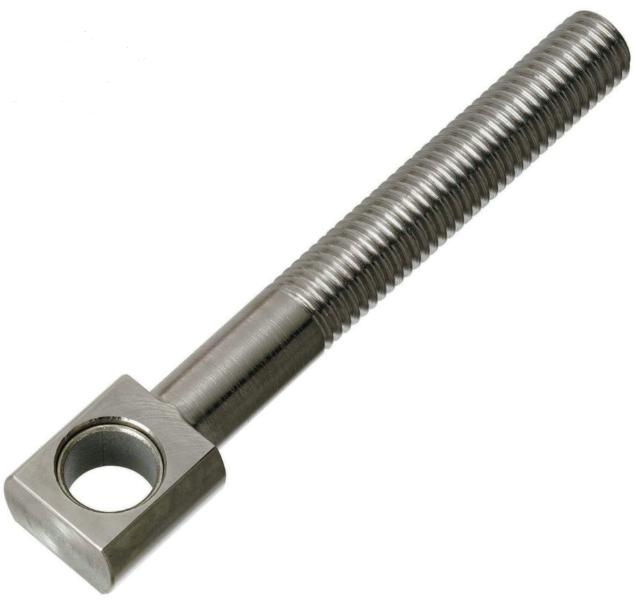What are 4 Key Elements Causing Bolts to Crack
Bolts are vital components in various industries, from construction to manufacturing, where they are used to hold structures and machinery together. However, despite their small size, bolts can experience significant stress and strain, leading to cracks and failures. Understanding the factors that contribute to cracked bolts is crucial for ensuring the safety and reliability of structures and equipment. In this article, we will delve into four key elements that may cause bolts to crack: the quality of bolts, the pre-tightening torque, the strength of the bolt, and the fatigue strength.
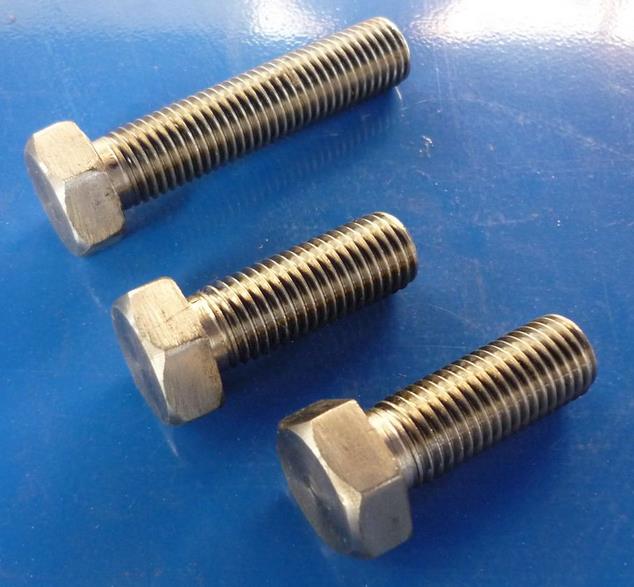
1. The Quality of Bolts
The quality of bolts plays a pivotal role in determining their susceptibility to cracking. Bolts manufactured using subpar materials or improper processes are more likely to develop defects that can lead to cracks. Quality control measures during production, such as material testing and adherence to industry standards, are essential for ensuring the integrity of bolts.
Using bolts made from high-quality materials with appropriate mechanical properties significantly reduces the risk of cracks. Bolts subjected to heat treatment processes, such as quenching and tempering, gain improved toughness and resistance to cracking. Regular inspections and testing, including visual inspections and non-destructive testing methods like ultrasonic testing, are necessary to identify any potential defects that might compromise bolt quality.
2. The Pre-Tightening Torque of the Bolts
Proper installation of bolts is crucial to prevent cracking and ensure structural integrity. The pre-tightening torque, also known as the initial tightening force, applied to bolts during installation has a direct impact on their performance. If the torque applied is too high or too low, it can result in uneven stress distribution across the bolt and its surrounding components, leading to cracks.
Insufficient torque can result in loose connections, causing micro-movements between the bolted parts. These micro-movements can lead to fatigue and eventually crack initiation. On the other hand, excessive torque can overstrain the bolt and surrounding materials, increasing the likelihood of brittle fracture.
To mitigate the risk of cracking due to incorrect pre-tightening torque, engineers must follow manufacturer guidelines and recommended torque specifications. The use of calibrated torque wrenches and proper training of personnel involved in bolt installation are critical steps in achieving accurate and uniform torque application.
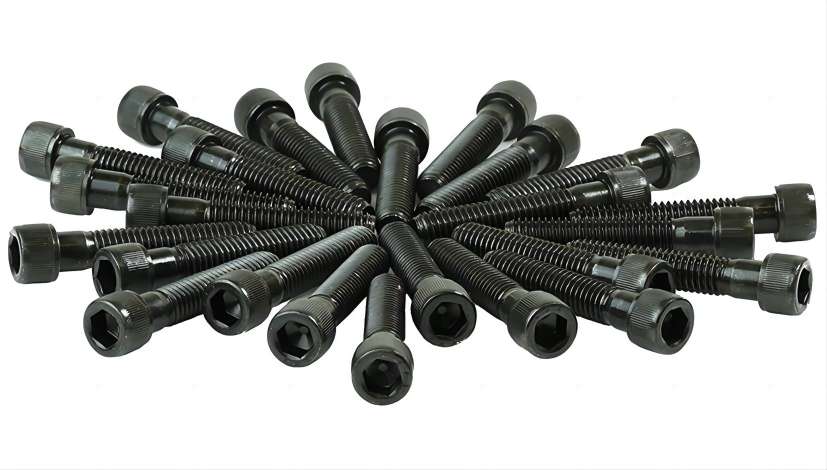
3. The Strength of the Bolts
Bolt strength, often represented by its yield strength and tensile strength, directly influences its ability to withstand applied loads without failure. Bolts with insufficient strength for the intended application can experience plastic deformation or even fracture, leading to cracks. Matching the bolt’s strength to the loads it will experience is essential for preventing cracks.
Engineering calculations that consider the loads, material properties, and safety factors are employed to select bolts with appropriate strength. Underestimating the loads or using bolts with lower strength than required can result in cracks due to the inability to handle the applied stress. Regular maintenance and load monitoring can help detect overloads that could compromise bolt strength and lead to eventual cracking.
4. The Fatigue Strength of Bolts
Fatigue failure is a common mode of bolt failure that occurs due to repeated cyclic loading, even if the applied stress is well below the bolt’s yield strength. Over time, the cyclic stress causes microscopic cracks to form and propagate until they lead to catastrophic failure.
The fatigue strength of bolts depends on factors such as material properties, surface finish, and the presence of stress concentrators. Proper surface treatments, such as shot peening or applying protective coatings, can enhance a bolt’s resistance to fatigue cracking. Moreover, reducing stress concentrators, such as sharp corners or notches, through design modifications can improve the fatigue life of bolts.
Regular inspections to identify early signs of fatigue, such as crack initiation, are crucial for preventing catastrophic failures. Techniques like dye penetrant testing and visual inspections can help identify cracks at their early stages, allowing for timely replacement of compromised bolts.

Conclusion
The prevention of cracked bolts is of paramount importance to ensure the safety and reliability of structures and equipment. The quality of bolts, proper pre-tightening torque application, matching bolt strength to the application, and considering fatigue strength are all critical factors that influence the susceptibility of bolts to cracking and failures. Engineers, manufacturers, and maintenance personnel must work together to implement stringent quality control measures, adhere to industry standards, and follow recommended installation practices to mitigate the risk of cracked bolts. Regular inspections and maintenance are key to identifying and addressing potential issues before they lead to catastrophic failures.


